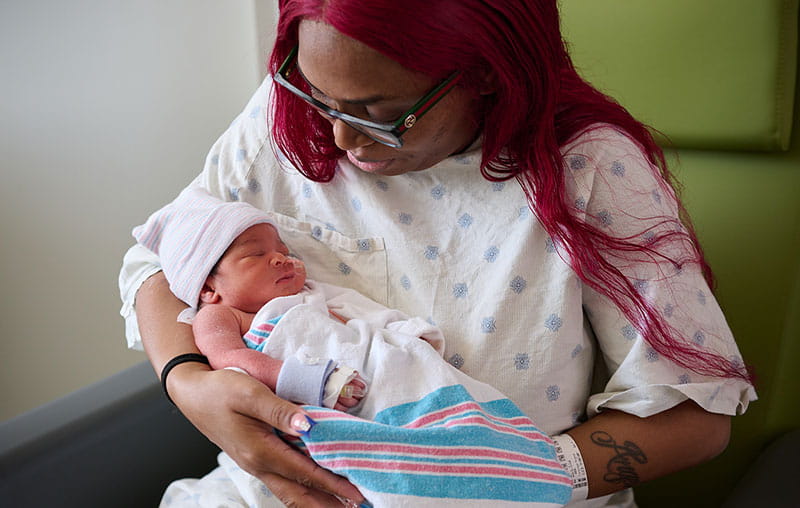On Monday, April 8, 2024, San Antonians were among the lucky Americans to see a total eclipse of the sun. You may look at the eclipse with the naked eye during the brief time that the moon completely blocks the sun, according to NASA. When the moon moves, you must wear eclipse glasses to look at the sun.
Eclipse glasses must have the ISO 12312-2 marking to be considered safe to view the eclipse. There are no "NASA-approved" glasses.
Signs of Eye Damage from the Eclipse
Cloud cover made it hard to see the eclipse through your eclipse glasses, so maybe you took a peek at the eclipse through the clouds. Maybe now your eyes hurt a little. You might not feel the damage until several hours or days later. But when are symptoms serious enough to see a doctor?
Symptoms are usually minor, but anyone should seek medical attention if they develop symptoms after viewing the eclipse. If pain is present, it may indicate photokeratitis, and you should seek medical attention. Be aware of these symptoms:
- Blurred vision that does not improve
- Light sensitivity
- Blind spots in one or more eyes
- Watery eyes
- Eye soreness
- Difficulty recognizing shapes
- Gritty feeling in the eyes
- Headaches
- Red eyes
- Swelling around eye or eyelid
What to Do if Your Eyes Are Injured after the Eclipse
If you or anyone you know has these symptoms after watching the eclipse, they may have solar retina damage or photokeratitis, which is like sunburn to your eye.
Remove any contact lenses immediately, use a cold compress and preservative-free artificial tears and immediately call an eye care professional. If pain is present and very uncomfortable, you may visit the emergency room.




